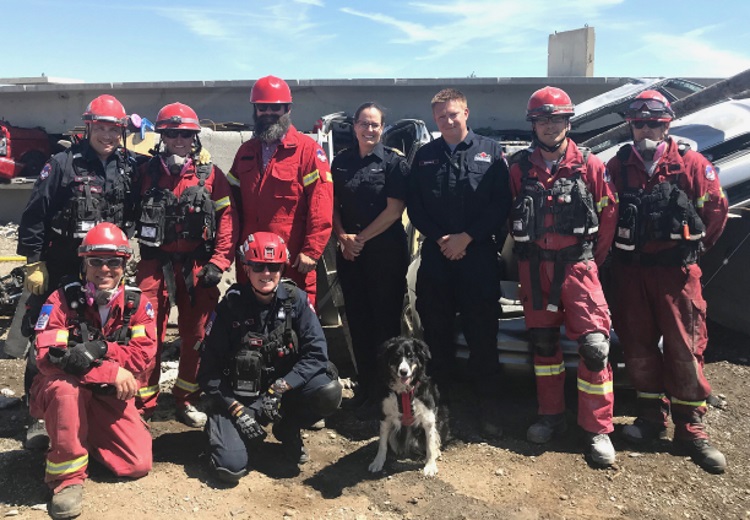Handing out $2.6 million to six communities, the Alberta government wants to make sure the province is prepared for a disaster.
The money will go to establishing "all-hazard" incident management teams, which are deployed during times of crisis, and help to establish a centralized command, enabling more effective communication and resource sharing across municipal borders.
Minister of Municipal Affairs and MLA for Leduc-Beaumont Shaye Anderson says Red Deer County will be getting $160,000, which will benefit more than just them, as disasters can easily ignore municipal borders.
“What that does is it strengthens our emergency response in those areas and brings expertise to the local officials, so when disaster strikes they have a centralized command, and that enables better community. With the money to the central region, led by Red Deer, that will assist Lacombe, Lacombe County, and everybody around them.”
Assistant Manager for Red Deer County Rick Henderson says they've been doing this type of training for a while now, and these additional funds will go a long way.
“We’ve actually been doing training already, we’ve had $40,000 last year from the same program. We are taking people from all of our central Alberta municipalities, and providing some extra training with incident management and the incident command system. Basically to be able to help out in times of disaster, and basically supplement other municipalities and drop in and help them out in a time of need.”
This investment is a direct response to lessons learned from previous disasters in the province, such as the 2013 southern Alberta flooding, and the 2016 Wood Buffalo wildfires.
In addition to funds helping to form these regional teams, this investment also includes $1.6 million for the Canada Task Force 2, a highly qualified incident management team based out of Calgary made up of volunteer paramedics, doctors, and other emergency personal, who respond to disasters all across Canada.
High Level (northwest region) will receive $240,000, Cold Lake (northeast region) will receive $240,000, the Capital Region Emergency Preparedness Partnership Society (north central region) will receive $160,000, and Medicine Hat (southern region) will receive $200,000.







